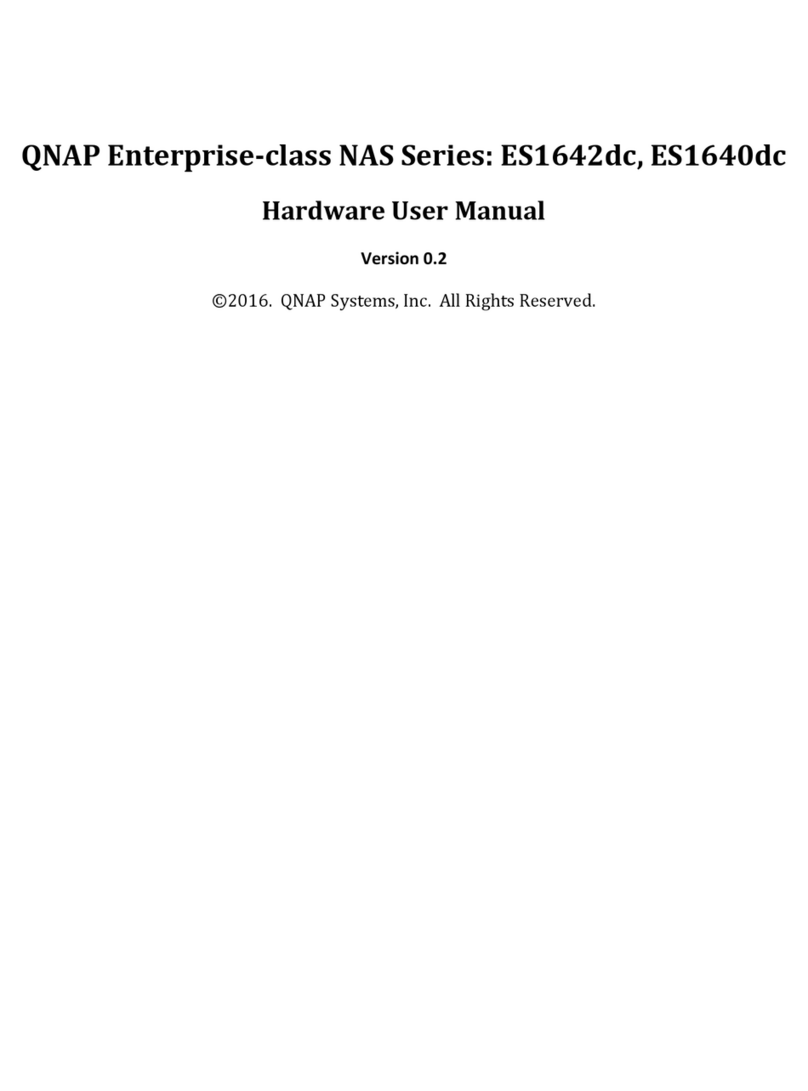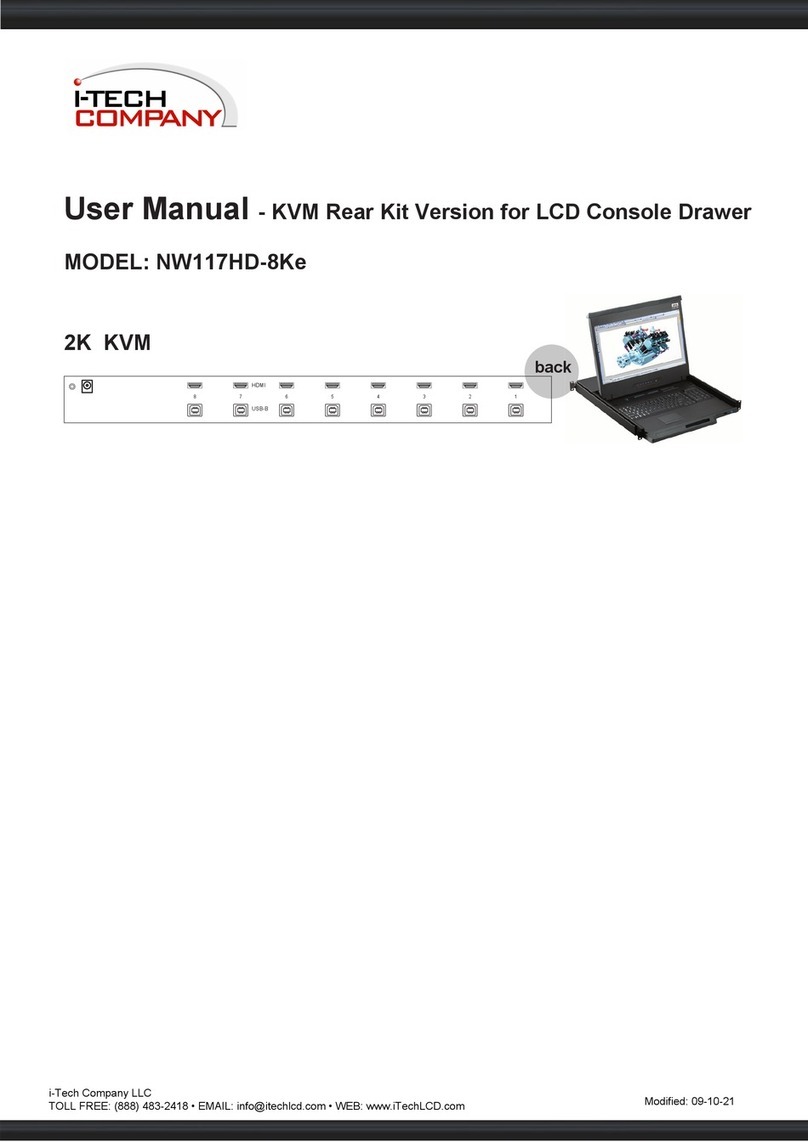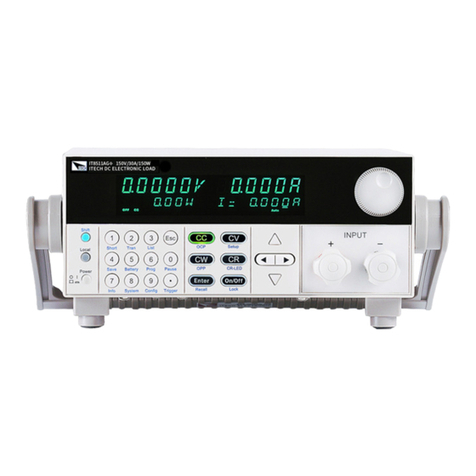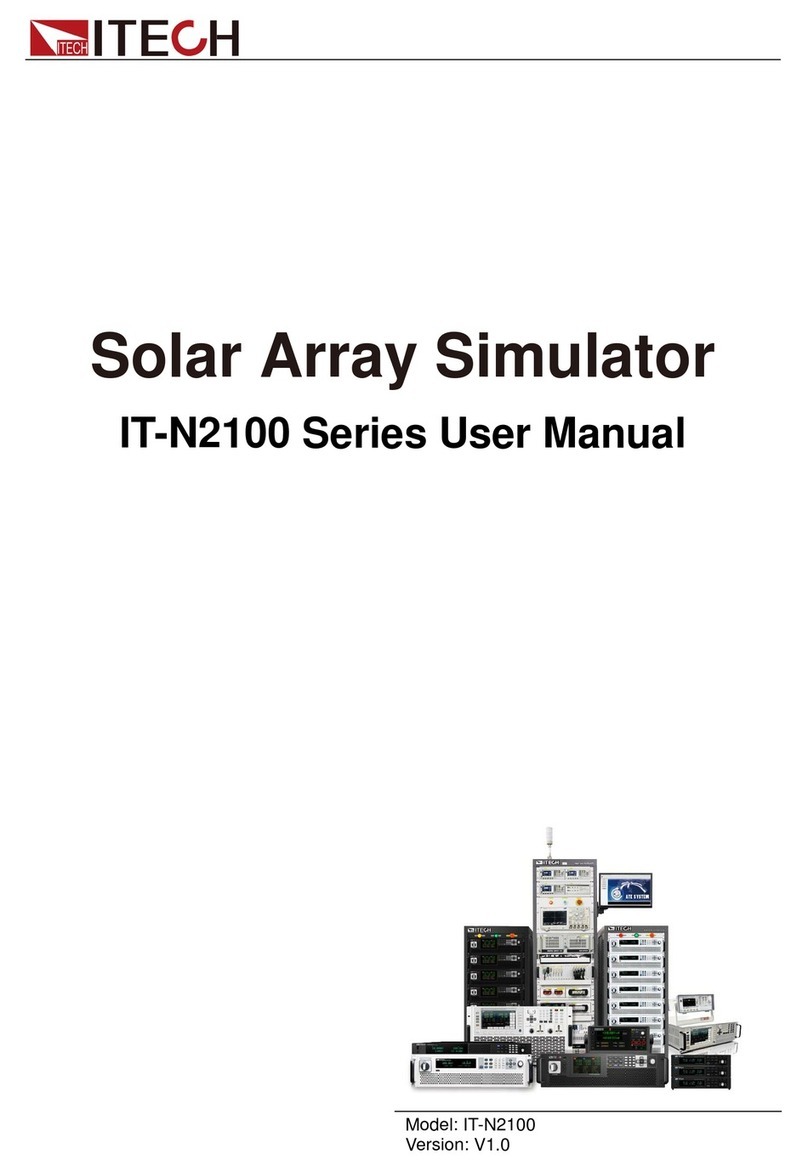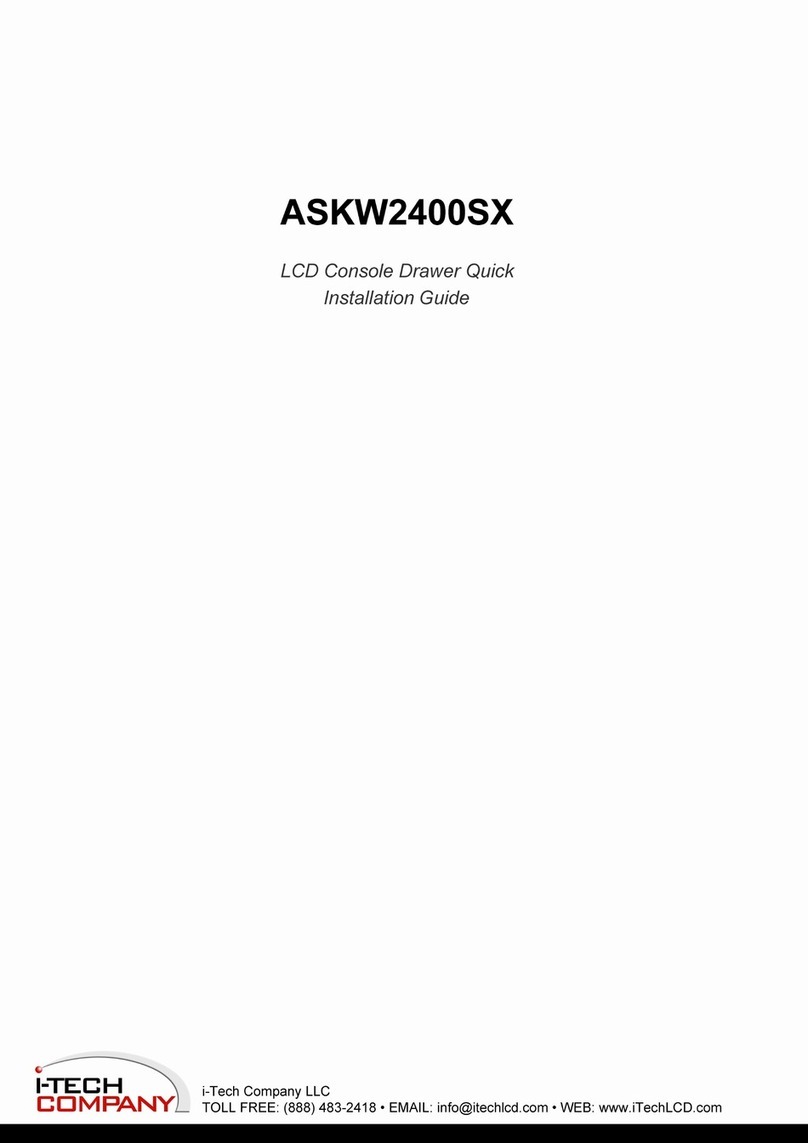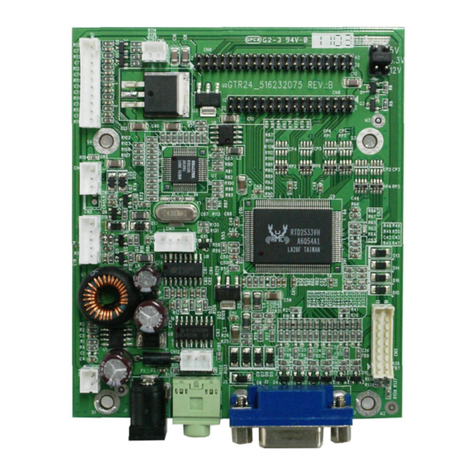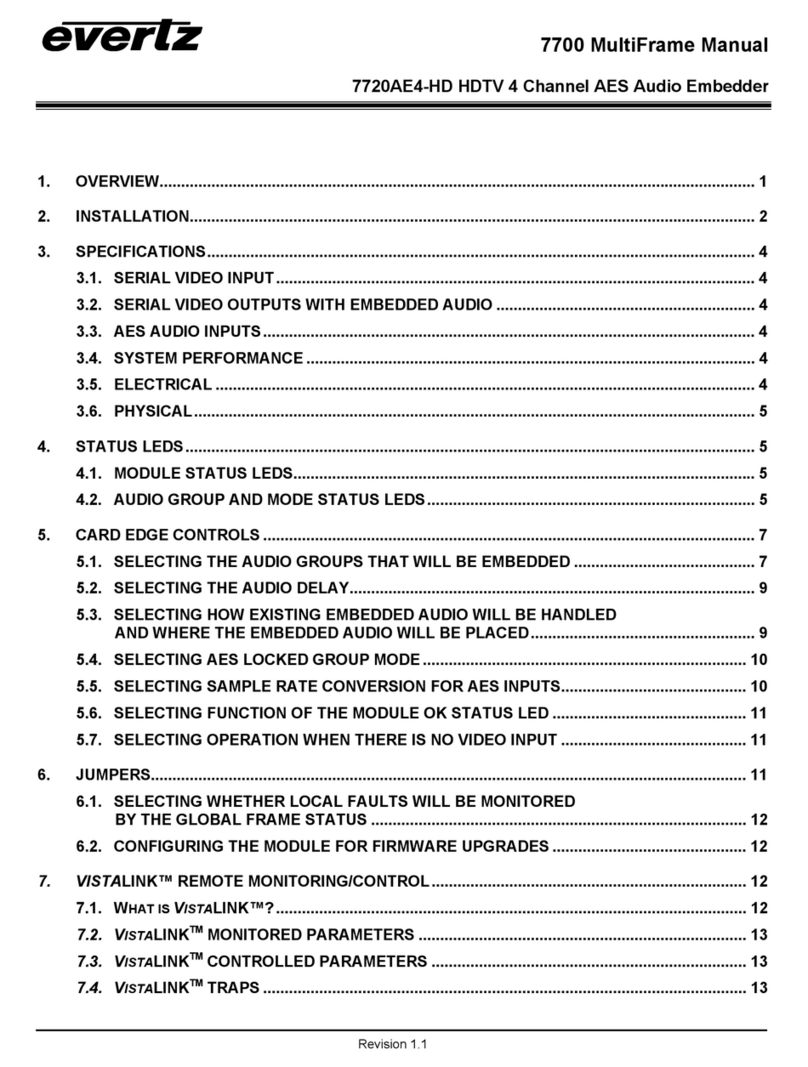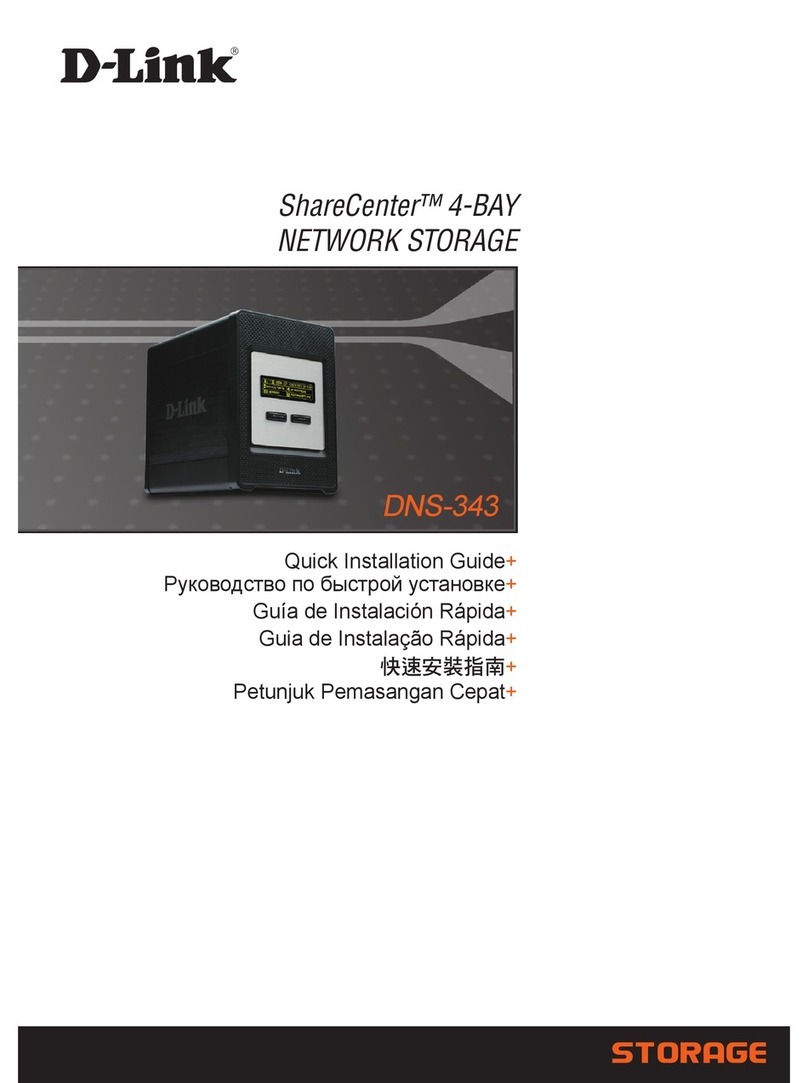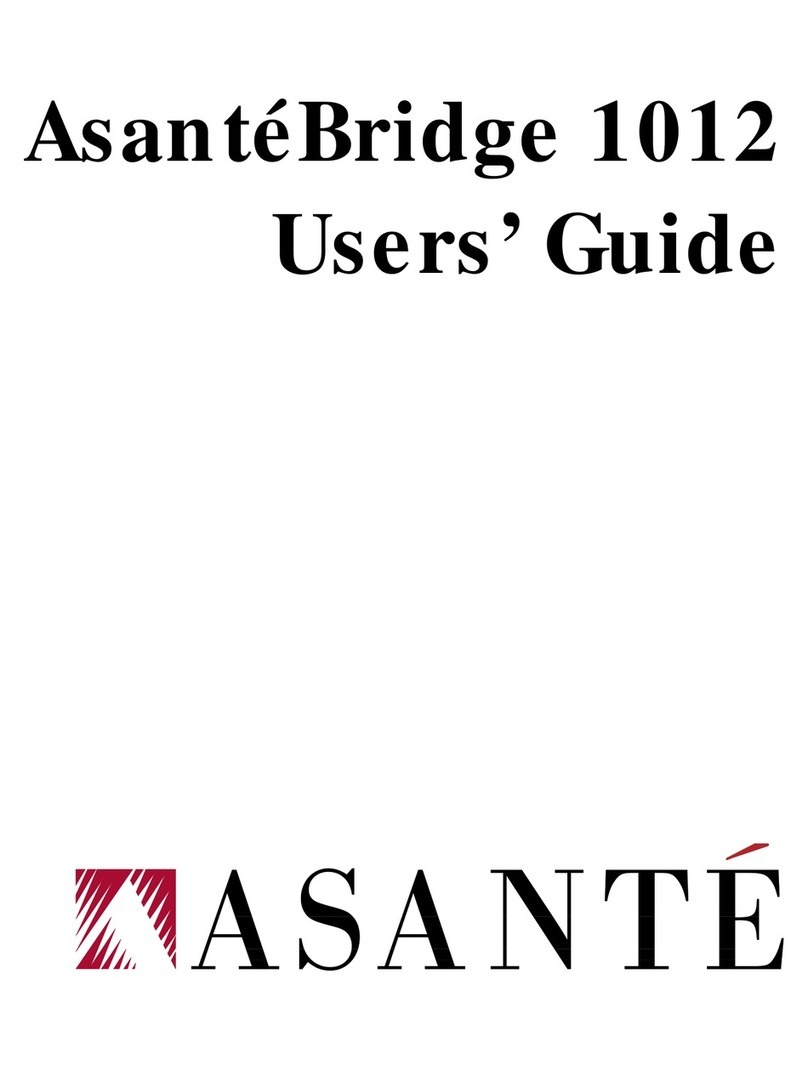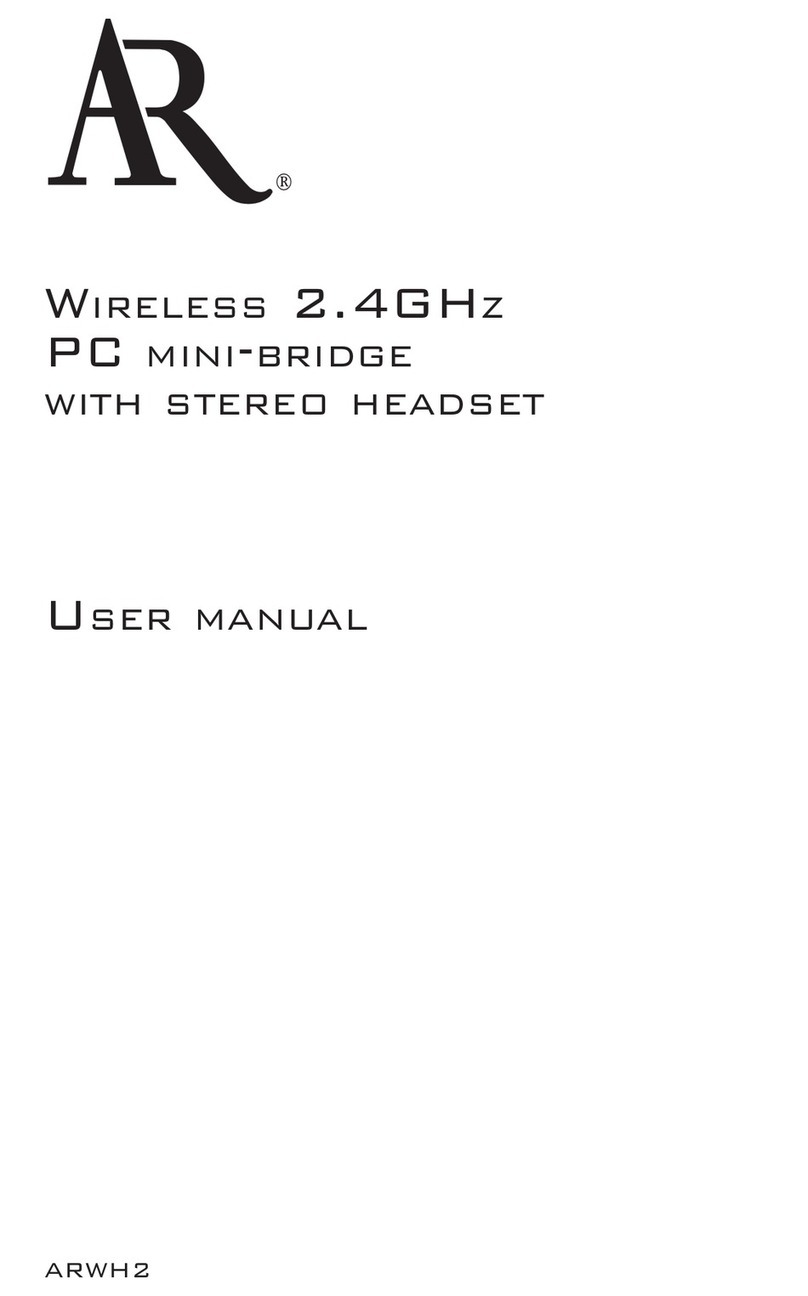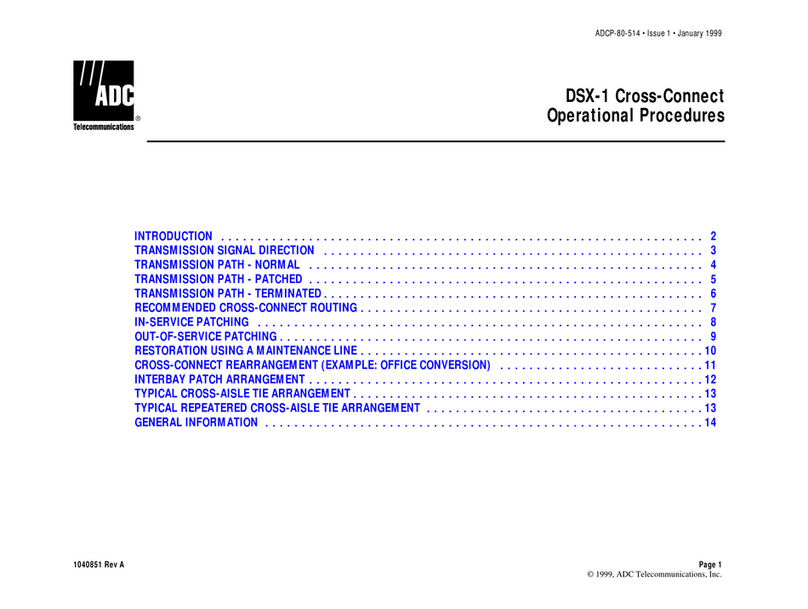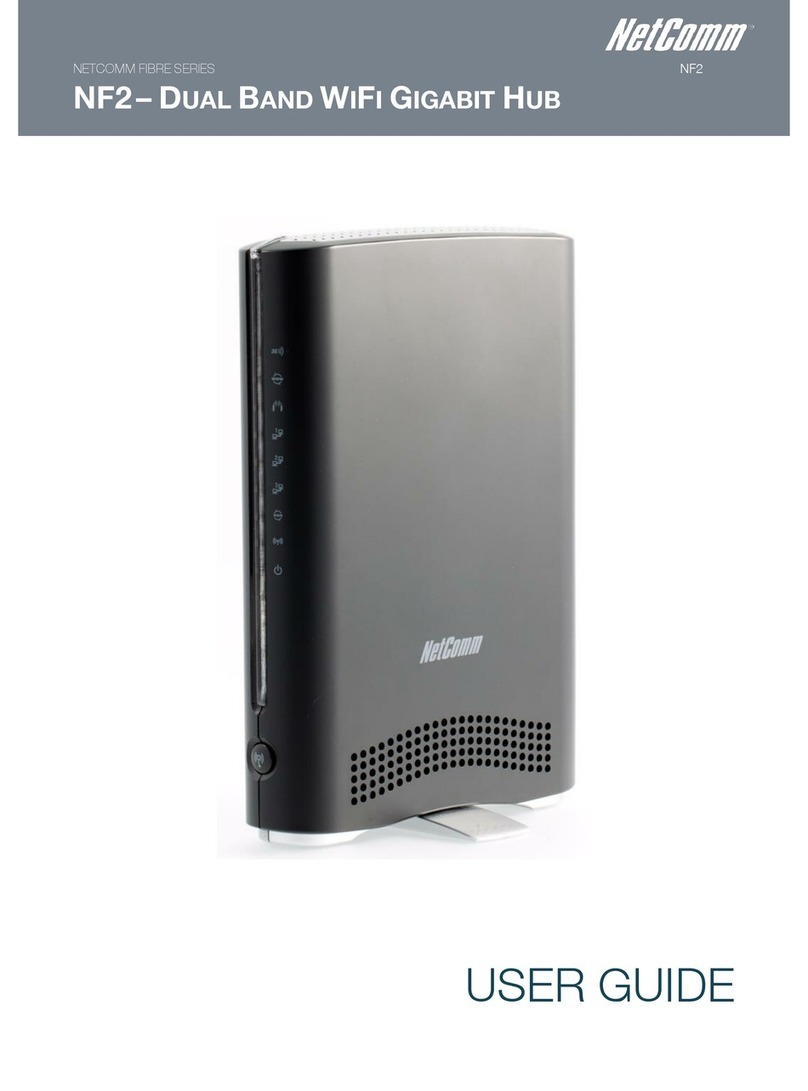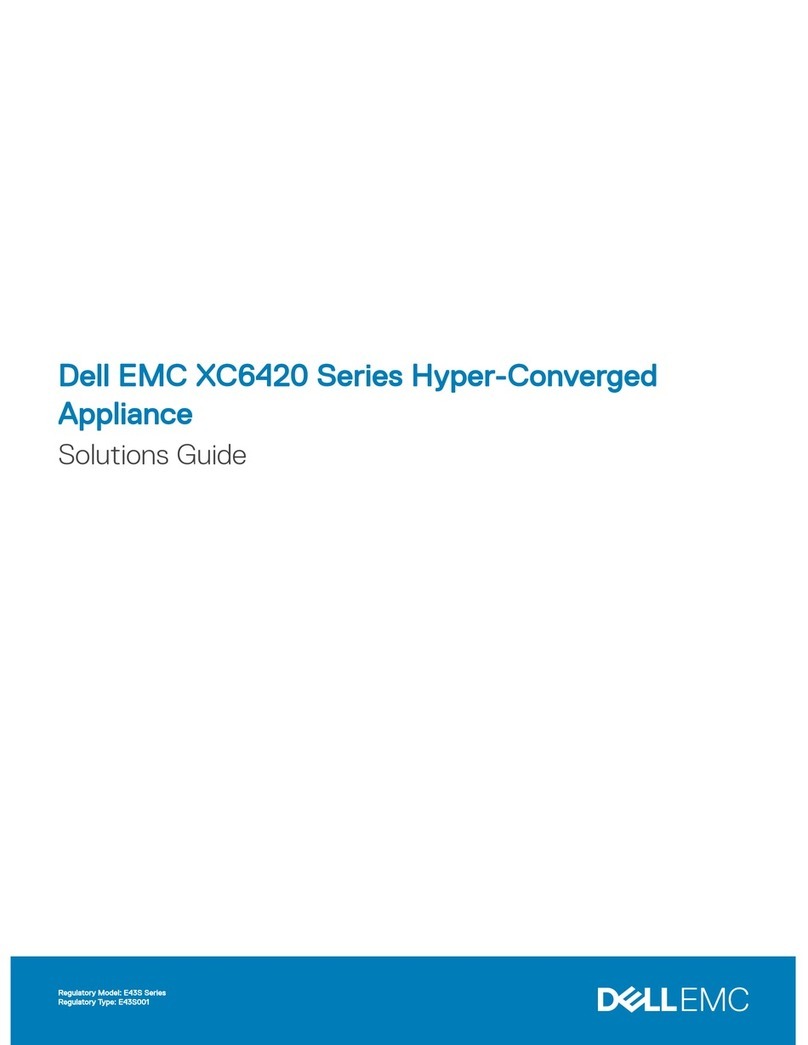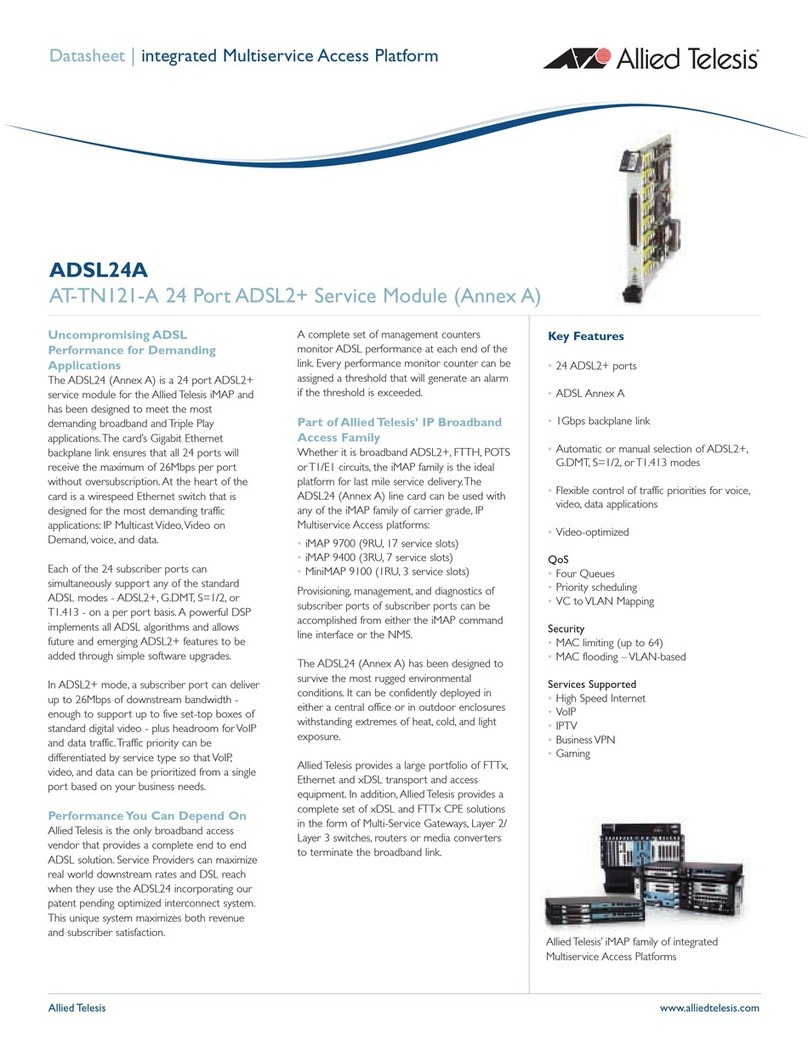
Copyright © Itech Electronic Co., Ltd. VIII
IT-M3300 Series User Manual
Content
Quality Certification and Assurance .................................................................................. I
Warranty ............................................................................................................................ I
Limitation of Warranty........................................................................................................ I
Safety Symbols................................................................................................................. II
Safety Precautions............................................................................................................ II
Environmental Conditions................................................................................................ IV
Regulation Tag ................................................................................................................. V
Waste Electrical and Electronic Equipment (WEEE) Directive ....................................... VI
Compliance Information.................................................................................................. VII
1 Quick Reference................................................................................................................. 1
1.1 Brief Introduction...................................................................................................... 1
1.2 Front-Panel Overview .............................................................................................. 2
1.3 Keyboard Introduction.............................................................................................. 3
1.4 Rear Panel Introduction ........................................................................................... 5
1.5 Home-Screen Overview........................................................................................... 6
1.6 Configuration Menu Reference................................................................................ 7
1.7 System Menu Reference ......................................................................................... 8
1.8 Models and Options ............................................................................................... 12
2 Inspection and Installation................................................................................................ 16
2.1 Verifying the Shipment........................................................................................... 16
2.2 Instrument Size Introduction .................................................................................. 17
2.3 Rack Mounting ....................................................................................................... 17
2.4 Connecting the Power Cord................................................................................... 18
2.5 Connecting the Device Under Test (DUT) ............................................................. 20
2.6 Connect the Communication Interface .................................................................. 23
2.6.1 USB Interface .............................................................................................. 24
2.6.2 GPIB Interface ............................................................................................. 25
2.6.3 LAN Interface............................................................................................... 26
2.6.4 RS-232 Interface ......................................................................................... 32
2.6.5 RS-485 Interface ......................................................................................... 34
2.6.6 CAN Interface .............................................................................................. 35
3 Getting Started ................................................................................................................. 38
3.1 Power-on the Instrument ....................................................................................... 38
3.2 Set input parameters.............................................................................................. 40
3.3 Use the Front Panel Menu ..................................................................................... 41
3.4 Output On/Off Control ............................................................................................ 42
4 Programming the Input..................................................................................................... 43
4.1 Select the Operation Mode (Mode)........................................................................ 43
4.2 Single Operation Mode .......................................................................................... 44
4.3 Complex Operation Mode...................................................................................... 45
4.4 Battery simulation mode ........................................................................................ 46
4.5 Set I-Rise / I-Fall Slope .......................................................................................... 47
4.6 Set the Input-On/Input-Off Delay Time .................................................................. 47
4.7 Enable the Input ..................................................................................................... 48
5 Advanced Function........................................................................................................... 49
5.1 LIST Function......................................................................................................... 49
5.2 Battery Discharging Test Function......................................................................... 54
5.3 Short-Circuit Analog Function................................................................................ 57
5.4 VON Function......................................................................................................... 57
6 Protection Function .......................................................................................................... 59
6.1 Set Over-Current Protection (OCP) ....................................................................... 59
6.2 Set Over-power Protection .................................................................................... 60
6.3 Set Under-Voltage Protection ................................................................................ 61
6.4 Sense abnormal protection function ...................................................................... 62
6.5 Over-Temperature Protection................................................................................ 63




